Indigenous Governance Database
Land/Jurisdiction
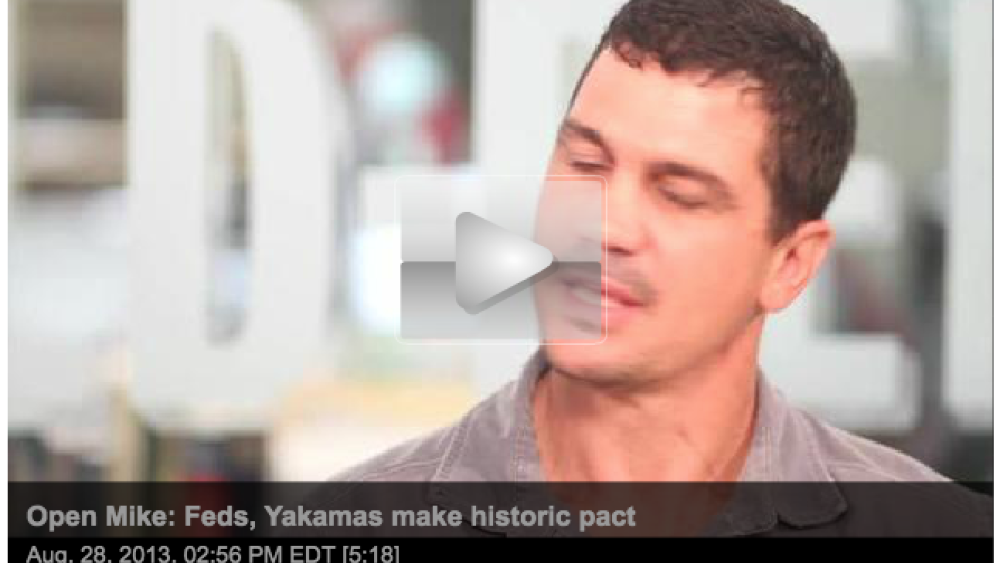
Open Mike: Feds, Yakamas make historic pact
Reporter Phil Ferolito joins Mike Faulk on Open Mike this week to discuss a recent pact between the U.S. Department of Justice and the Yakama Nation to notify tribal police before executing search and arrest warrants. The move could help widen the path for the Yakama Nation, a sovereign nation, to…
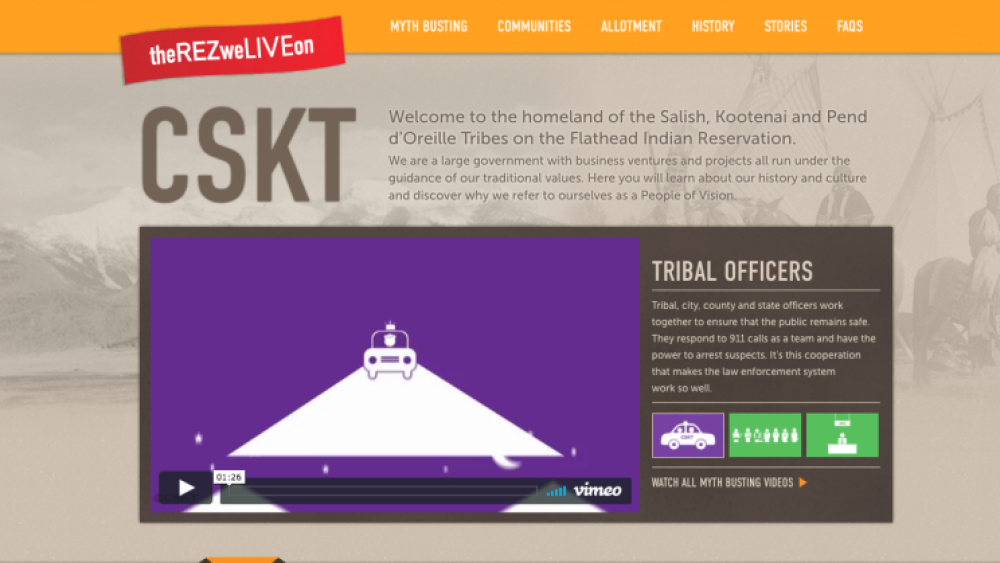
The Rez We Live On
The Confederated Salish and Kootenai Tribes produced this series of online videos in an effort to dispel untruths about life on the Flathead reservation in Montana. Consisting of 10 short, graphically based videos on topics ranging from Sovereignty to Taxes, "The Rez We Live On" site is geared…
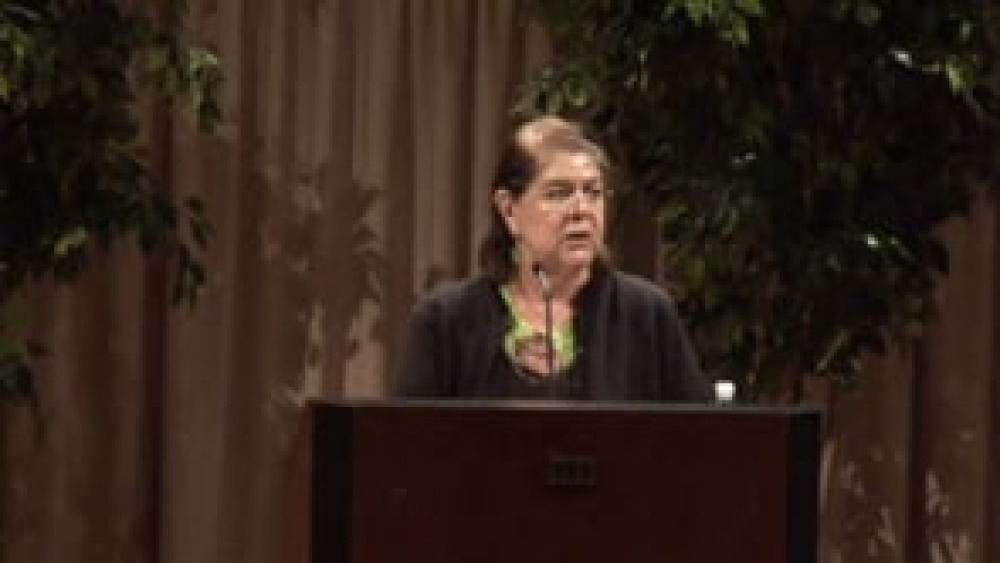
Wilma Mankiller: Challenges Facing 21st Century Indigenous People
Recorded on October 2, 2008 at the Heard Museum in Phoenix, Wilma Mankiller, former principal chief of the Cherokee Nation and internationally known Native rights activist talks about “Challenges Facing 21st Century Indigenous People.†Mankiller talks of the diversity and uniqueness of the over…
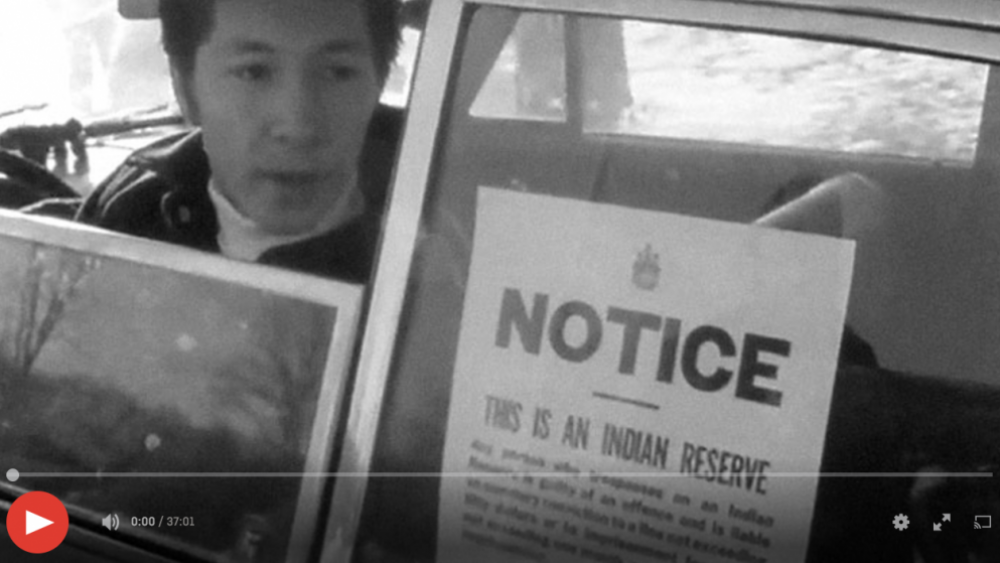
You Are on Indian Land
This film shows the confrontation between police and a 1969 demonstration by Mohawks of the St. Regis Reserve on the bridge between Canada and the United States near Cornwall, Ontario. By blocking traffic on the bridge, which is on the Reserve, the Indians drew public attention to their grievance…
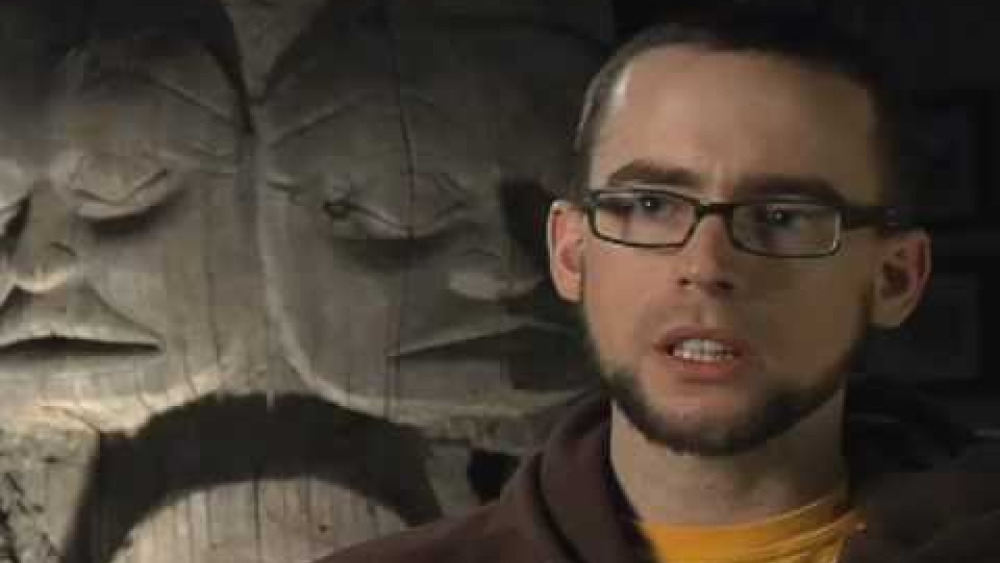
Gitanyow Nation: Land Use Planning to Protect their Territories
Gitanyow citizens, a nation with a strong system of hereditary chiefs, talk about the impacts of development on their traditional lands and how their land use plan has helped protect their territories.

Mi'gmaq Nation Listuguj
The Listuguj Mi'gmaq Listuguj Nation started a movement to protect their salmon fisheries involving protests, arrests, and eventually organizing to establish fishery laws in eastern Quebec. They formalized documents and laws to assert their jurisdiction that began at a grass-roots level in the…
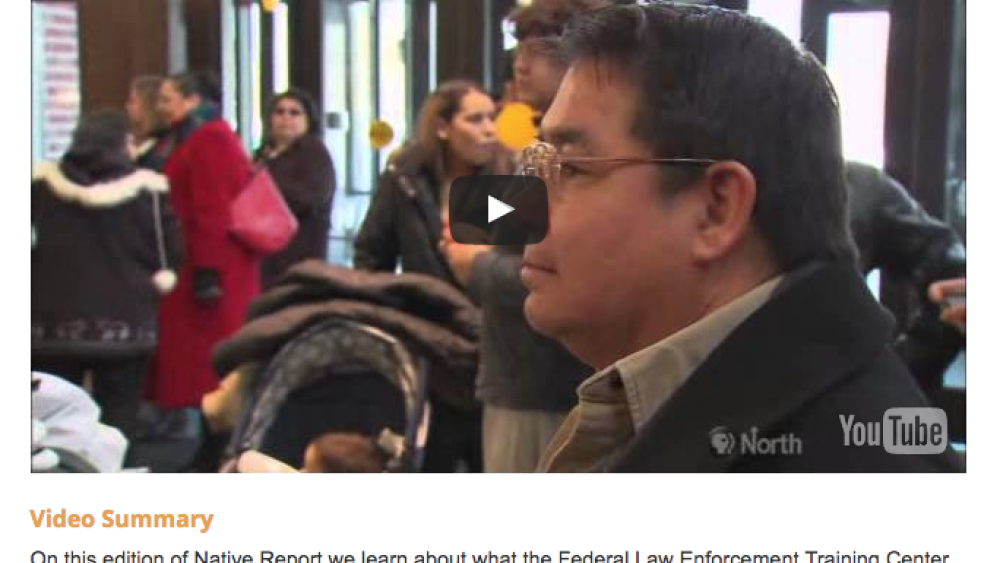
Native Report: Season 6: Episode 7
On this edition of Native Report we learn about what the Federal Law Enforcement Training Center is and why it’s important to native people. We travel to the Bois Forte Band of Chippewa to learn about why a State of the Band Address matters to the people of the community and their neighbors; and…
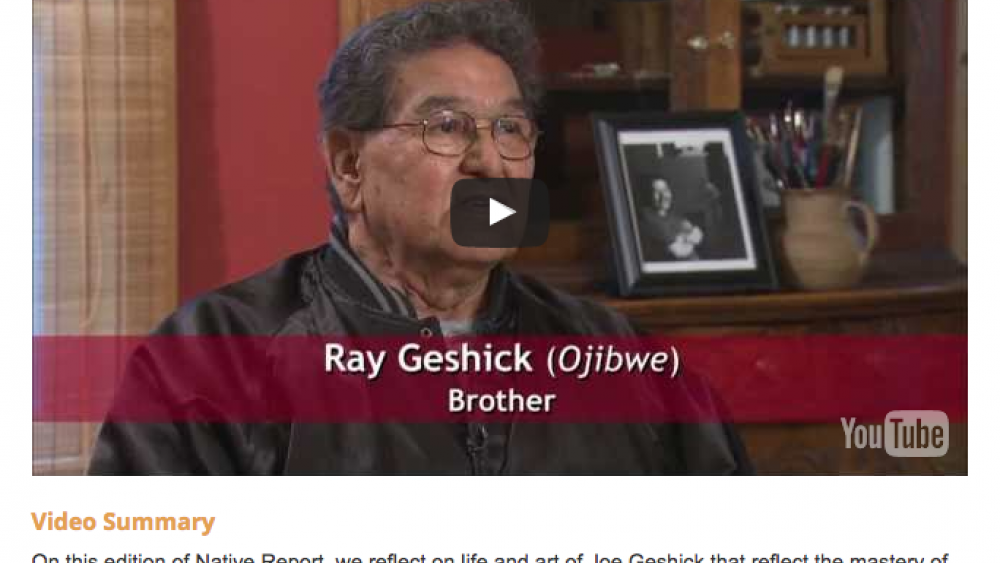
Native Report: Caricieri Decision
Native Report tackles the Caricieri Decision, a complex legal ruling that touches on issues of sovereignty, Indian gaming and the placement of tribal lands into “trust status.â€
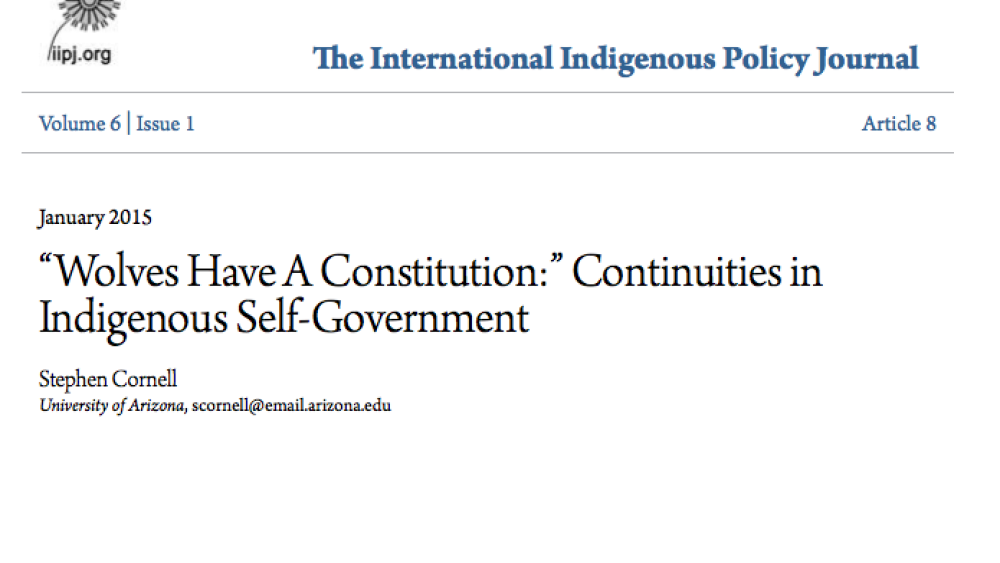
Wolves Have A Constitution: Continuities in Indigenous Self-Government
This article is about constitutionalism as an Indigenous tradition. The political idea of constitutionalism is the idea that the process of governing is itself governed by a set of foundational laws or rules. There is ample evidence that Indigenous nations in North America–and in Australia and New…
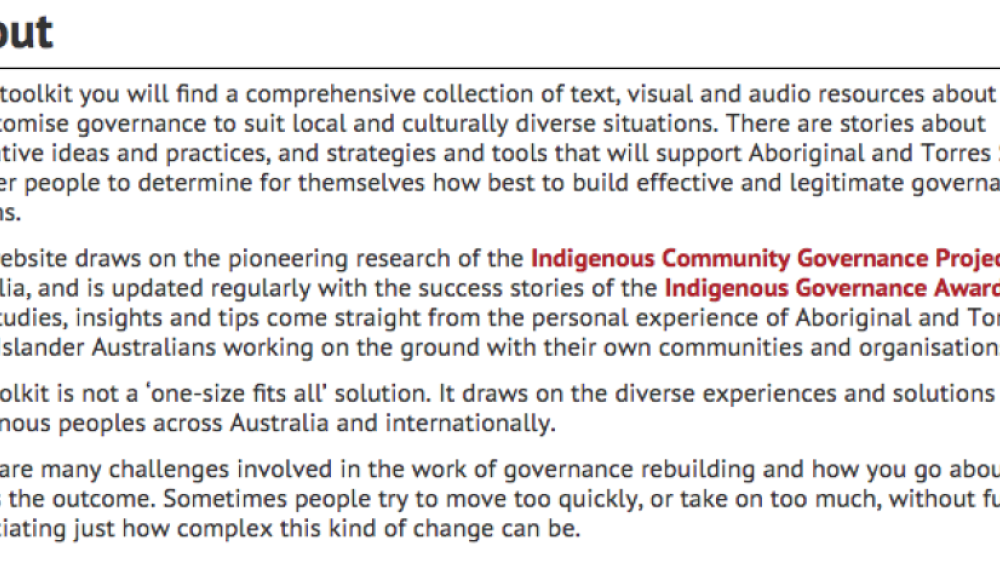
Indigenous Governance Toolkit
The Indigenous Governance Toolkit is an online resource developed for Indigenous nations, communities, individuals and organisations searching for information to build their governance. It covers all the basics — your rules, values, culture, membership, leadership, and decision making — and has…
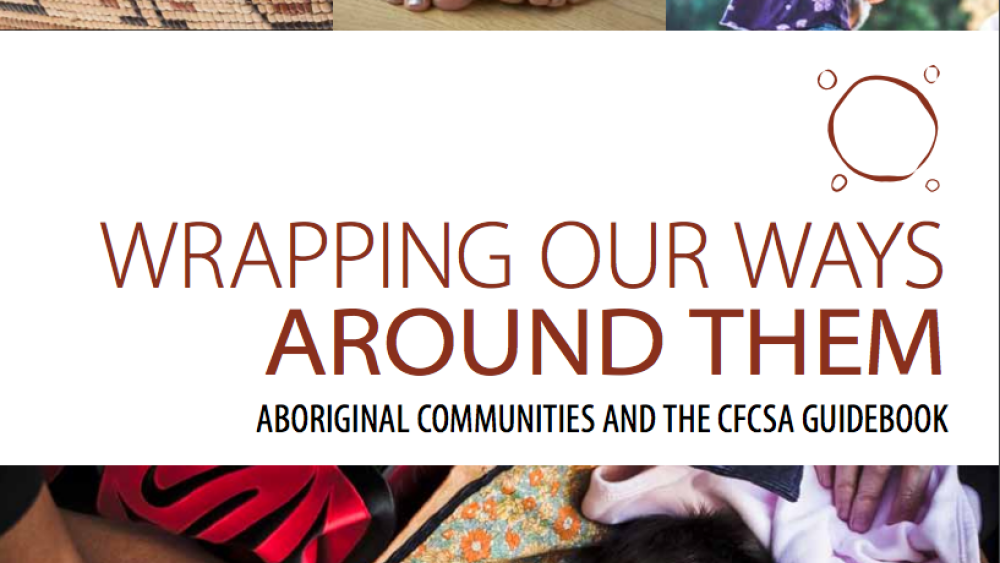
Wrapping Our Ways Around Them: Aboriginal Communities and the CFCSA Guidebook
This Guidebook is based on the belief that Aboriginal peoples need to know, and work with, the systems that impact children and families today such as the Child, Family and Community Service Act (CFCSA), Provincial Court (Child, Family and Community Service Act) Rules (Rules), Child, Family and…
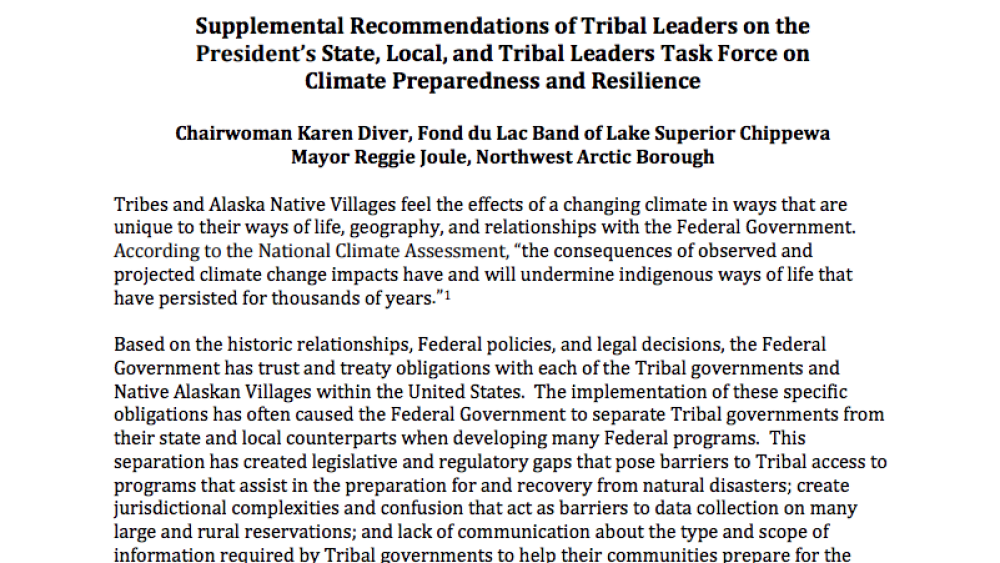
Supplemental Recommendations of Tribal Leaders on the President's State, Local, and Tribal Leaders Task Force on Climate Preparedness and Resilience
Tribes and Alaska Native Villages feel the effects of a changing climate in ways that are unique to their ways of life, geography, and relationships with the Federal Government. According to the National Climate Assessment, “the consequences of observed and projected climate change impacts have and…
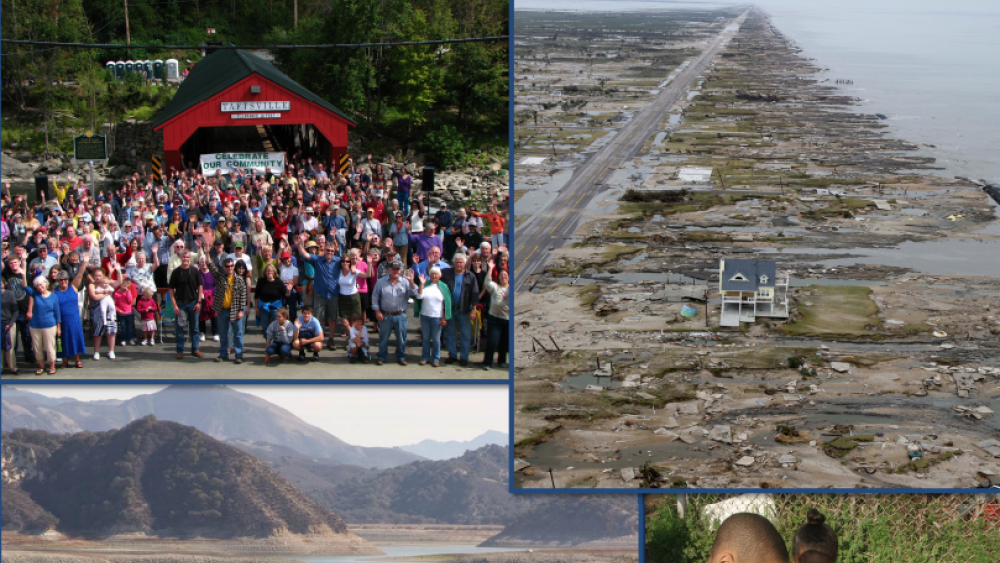
President's State, Local, and Tribal Leaders Task Force on Climate Preparedness and Resilience: Recommendations to the President
As the Third National Climate Assessment makes clear, climate change is already affecting communities in every region of the country as well as key sectors of the economy. Recent events like Hurricane Sandy in the Northeast, flooding throughout the Midwest, and severe drought in the West have…
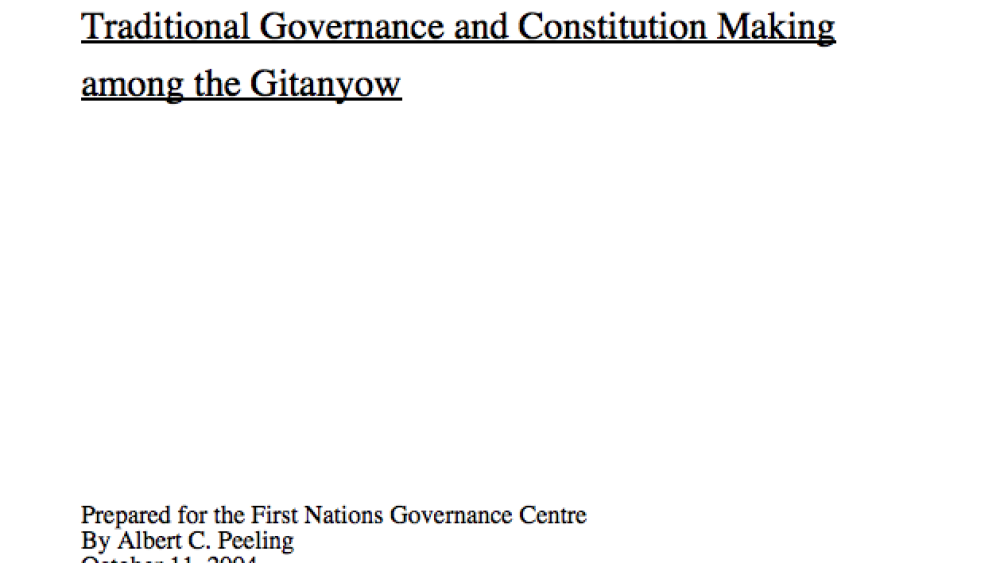
Traditional Governance and Constitution Making among the Gitanyow
This paper is a report on traditional governance and constitution making among the Gitanyow people prepared for the Gitanyow and for the First Nations Governance Centre. The Gitanyow are well along in the development of a national constitution based on traditional governance, and this paper will…
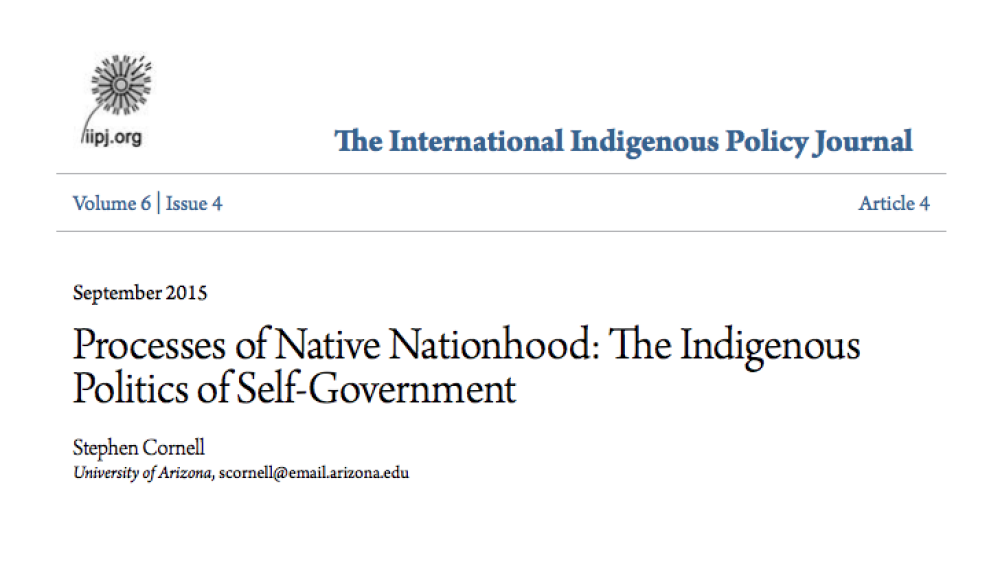
Processes of Native Nationhood: The Indigenous Politics of Self-Government
Over the last three decades, Indigenous peoples in the CANZUS countries (Canada, Australia, New Zealand, and the United States) have been reclaiming self-government as an Indigenous right and practice. In the process, they have been asserting various forms of Indigenous nationhood. This article…
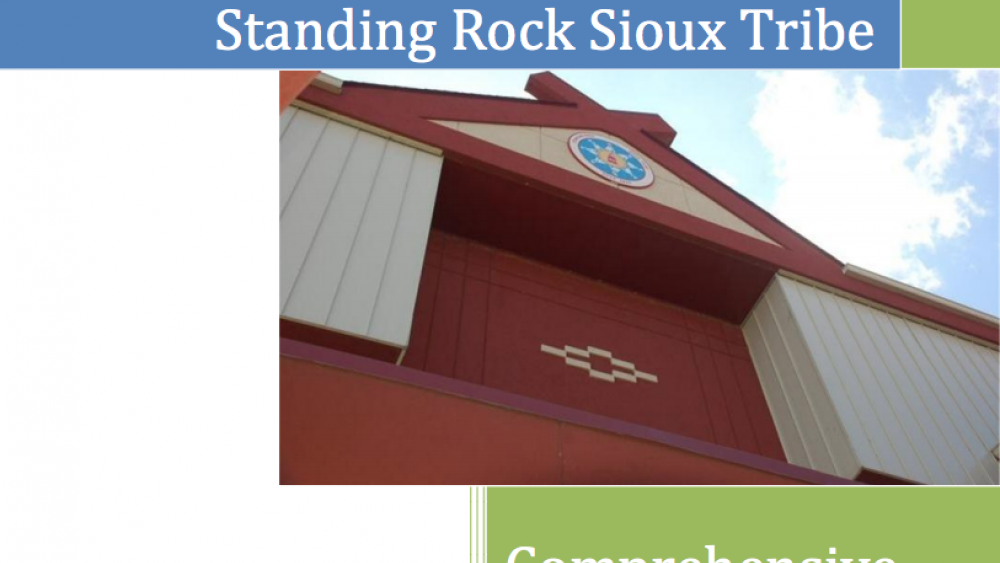
Standing Rock Sioux Tribe: Comprehensive Economic Development Strategy
A Comprehensive Economic Development Strategy (CEDS) is the outcome of a regional planning process designed to assess current conditions and guide the responsible economic growth of an area. It includes an analysis of factors that account for a community’s current economic state, identification…
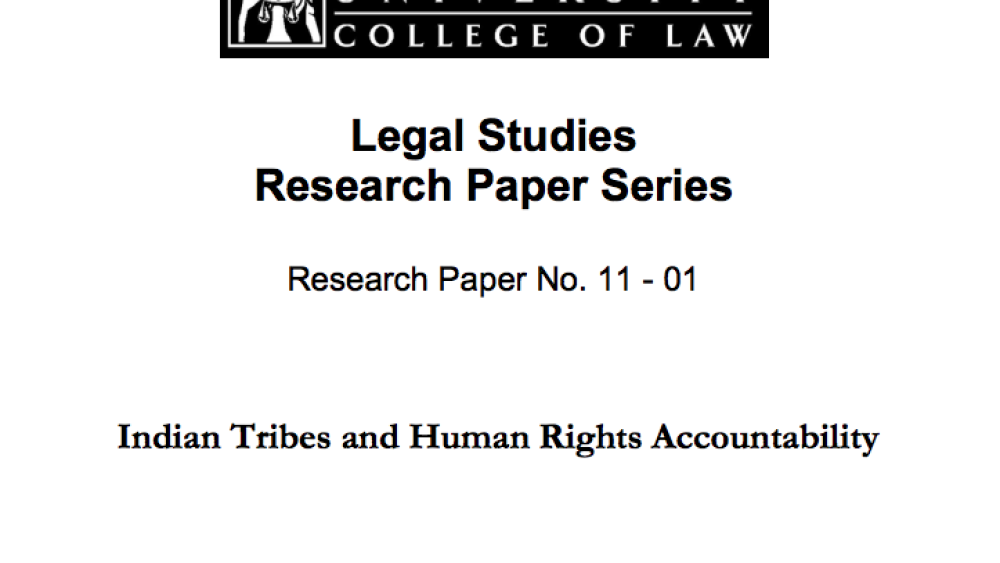
Indian Tribes and Human Rights Accountability
In Indian country, the expansion of self-governance, the growth of the gaming industry, and the increasing interdependence of Indian and non-Indian communities have intensified concern about the possible abuse of power by tribal governments. As tribes gain greater political and economic clout on…
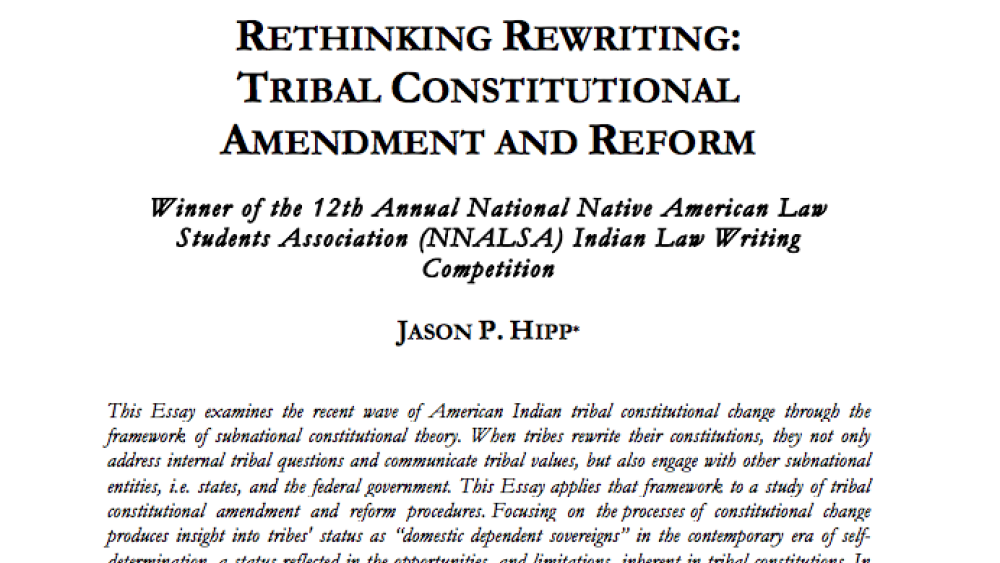
Rethinking Rewriting: Tribal Constitutional Amendment and Reform
This essay examines the recent wave of American Indian tribal constitutional change through the framework of subnational constitutional theory. When tribes rewrite their constitutions, they not only address internal tribal questions and communicate tribal values, but also engage with other…

Diné Food Sovereignty: A Report on the Navajo Nation Food System and the Case to Rebuild a Self Sufficient Food System for the Diné People
In the most basic analysis, food is an essential component of human life. Food nourishes and sustains us; without adequate access to food, human beings cannot survive. As a basic necessity for life, food is interconnected with every sector of life and wellbeing including health (physical, mental,…
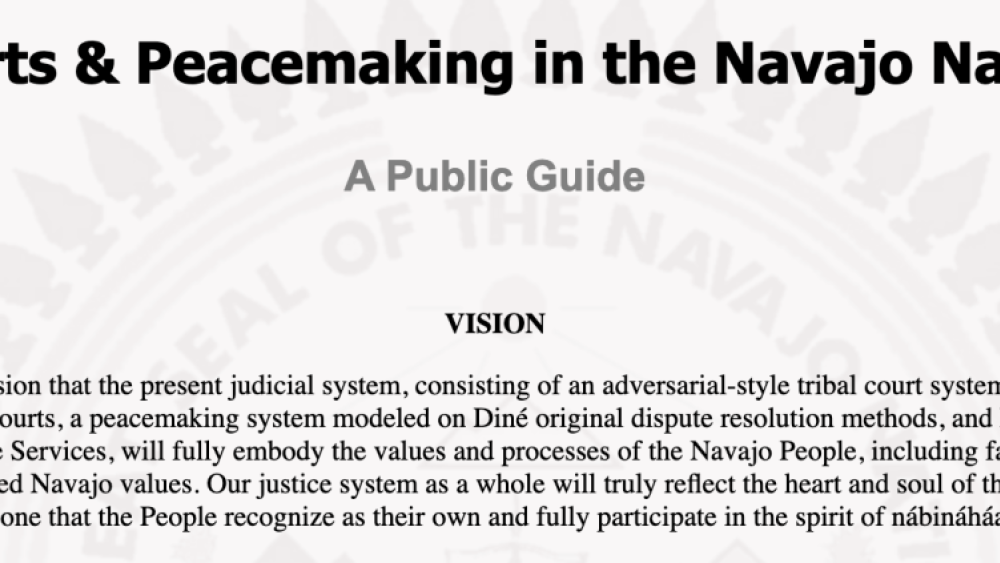
Courts & Peacemaking in the Navajo Nation: A Public Guide
The history of our judiciary begins in our ancient history. According to the Journey Narrative, the People journeyed through four worlds and, in the course of their journey, came upon many problems both natural and caused by the People, which had to be resolved before the journey continued. The…
